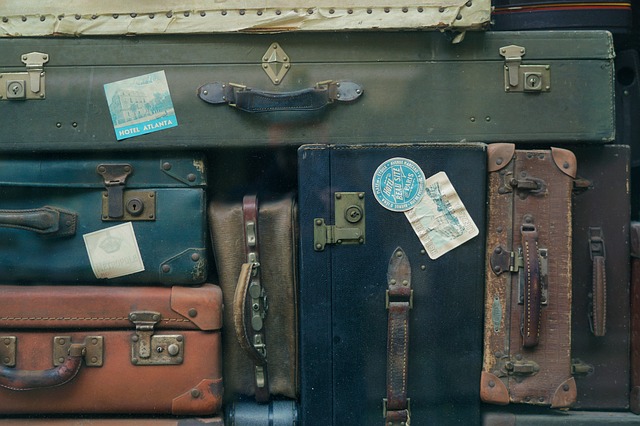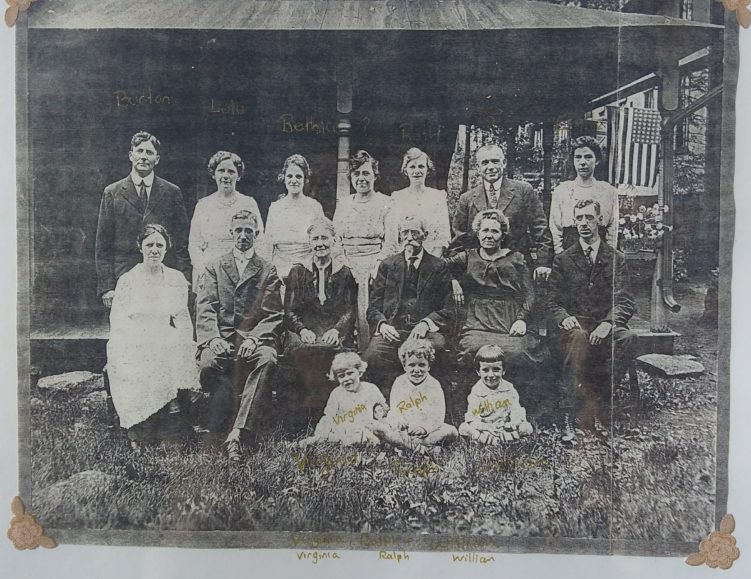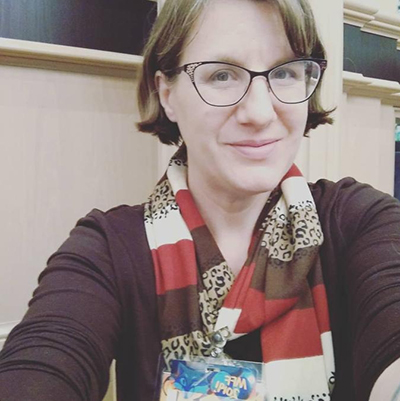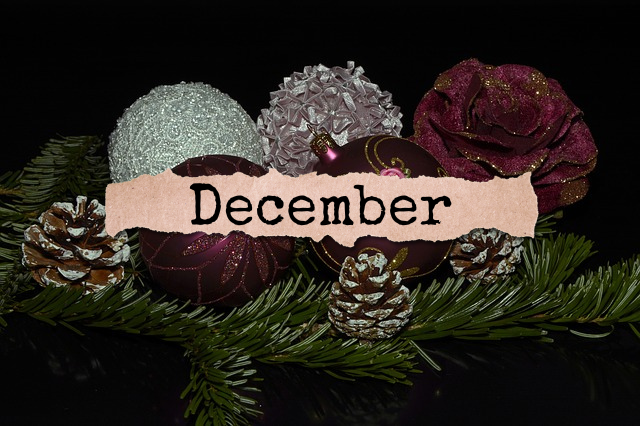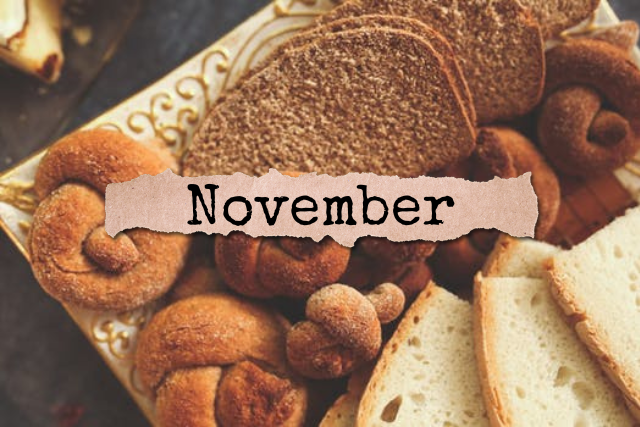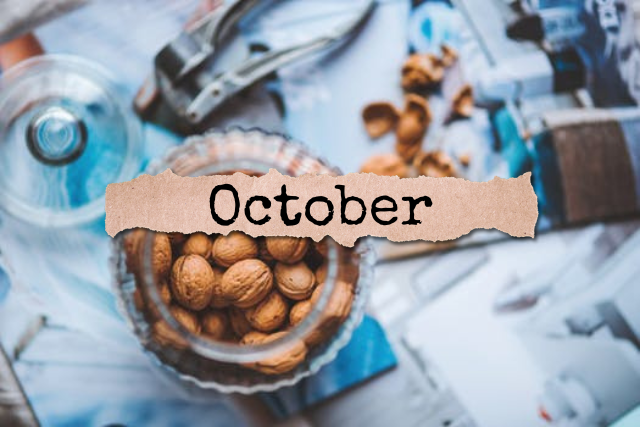Ah, the joy of brick walls! Of course, the fun part is smashing them down. Here is one that has plagued me for a long time now:
Esther was the wife of Edward Curtis. She was born about 1748. She married Edward about 1780.
Edward was born 4 May 1736 in Dudley, Worcester County, Massachusetts to Francis Curtis and Bethia Robinson. He was married 2 times prior – first to Lucy Chamberlin in 1770 in Dudley. Their son, Edward, was born in Dudley in 1771. Lucy’s date and place of death are not known.
He was then married to a woman named Thankful, approximately around 1775. Their children were born in Monson, MA – a son, Francis in 1777, and a daughter, Thankful in 1779. The wife Thankful might have died around 1779 or so.
Then there is Esther, my ancestor. They possibly married around 1780, and my best guess is Monson, MA, as their children were born there as follows:
1. Lucy, b. 1782, married Smith Arnold in 1801 in Dudley, died 1856 in Belchertown, her death record gives no information about her parents;
2. Penuel, b. 1784, married Esther Pierce in 1809 in Hopkinton, died after 1820 census (he had 3 children at least – a son Davis, born 1810 in Dudley, and another male and female child based on the 1820 census), I would like to find a death record for him;
3. Esther May, born 1786 in Monson, married John Stone in 1810 in Dudley, had many children (my ancestor is a daughter, Sarah Emerson Stone), and died in 1860, place of death unknown. She is buried in Thompson, Connecticut.
Lucy’s death record does not give a place of birth for her mother; I can’t find Penuel after 1820, though I have tried; and I requested Esther May (Curtis) Stone’s death certificate from the town of Thompson, but they did not record her death in Thompson.
I’ve looked at different factors, like the names Penuel and Davis both being unusual first names, and perhaps working as last names; also, the granddaughter Sarah Emerson Stone – Emerson tends to be a last name. Since there are no Emersons on the father’s side, I wonder if there is on the mother’s side.
I’ve considered Esther as an Esther Penuel (Pennel, Pennell, Penel, etc.), an Esther Davis, and an Esther Emerson. However, searches through microfilms have left me empty-handed. At this point, I think only DNA can answer the question, and the most likely matches have led me to the possibility of Esther being a descendant or cousin of either John Short (1725-1800) and Zerviah Utter (1729-1762) or Joseph Burrell (1728) and Hannah Bennett.
-
- Genealogy -
You log in to your various DNA tests to see what’s shaking, and see something exciting: a new close relative match! It’s not a name you recognize, but that makes the new match that much more exciting, yes? So you send out the message you have used time and again with new or particularly intriguing matches:
Hi there,
We are a DNA match through my mother’s (or father’s) side. It looks like we share many cousins I’ve been able to identify as sharing my ancestors, (great-grandfather) and (great-grandmother), from (town), Massachusetts. Are those names familiar to you?
I am also from Massachusetts, but now reside in Nebraska. I love connecting with new cousins and sharing family history. You can reach me via Ancestry or email at (email address). I hope to hear from you!
Sincerely,
A sample of the short, but informative message I like to send new matches.
Wendy Callahan
You wait eagerly for a response but, when you receive it, find it’s not nearly as enthusiastic as the ones you normally receive.
“I’m confused,” they may say. “I thought I knew everyone in my family. I took this test and the results aren’t at all what I expected.”
Many of us have been there and a little bit of detective work has led us to what happened, as far as this person’s test: a person they thought of as their biological parent or grandparent wasn’t.
In particularly sensitive situations, it’s a matter of non-paternity being “outed” by the test. What’s a genealogist to do in this situation?
Based on my experience and what I’ve seen with others, I recommend radical empathy. This is the process of striving to understand and share another person’s feelings.
And while this is all well and good, your mileage may vary. Not everyone responds well and part of radical empathy is accepting whatever response you receive, with the understanding that this new cousin is going through something difficult and unexpected.
In my case, it turns out my father has a first cousin whose paternity was not what they expected. This match was confused by the relationship to my father, my sister, and I, as well as a lack of a particular ethnicity in their results. Based on the information made available about the person they believed was their father and compared to our ethnicity results, it was easy to see why they were confused.
I reached out to certain family members and did some other legwork to solve the mystery of how this person was a first cousin to my dad. It quickly became obvious who among my known paternal family was this person’s parent.
However, the match did not ask for this information, so I did not supply it to them.
In fact, the match stopped talking to me and I accepted this as that person not wanting any information, and furthermore put my energy into understanding why they would feel this way, instead of focusing on my disappointment that they didn’t want contact. The one thing I provided without being asked was medical information about a potentially hereditary disease. That in and of itself confirmed the paternal connection between us both, based on their last response to me.
Accepting that this person didn’t want to continue communication was difficult, but important. This wasn’t about me, but about them. I had to put my feelings aside and put theirs first. I made sure to also let them know that if and when they were ready to talk, I would be here waiting for them. I gave them my phone number and email address and left it at that.
When a DNA match doesn’t want to continue contact, it might be difficult, but try to prioritize their feelings over yours. Even if both of you are processing an unexpected revelation in biological relationships, your way of dealing with it might be different than theirs. As genealogists, we are generally open to these kinds of discoveries. We know – or ought to know! – what we’re possibly getting into with a DNA test.
But not everyone does. So, I believe it is our duty to guide them through those potential hereditary minefields with patience and sensitivity. Let’s be not just genealogists who get excited about new relatives, but also people who care about what our fellow humans are going through in their own discovery process.
Edward Callaghan lived quite an eventful life and the funny thing is I never knew that not only was he the ancestor of an elementary school friend of mine, but would also become the ancestor of one my children. I’ve tried for months to sum up his life. We’ll see if I succeed this time.
My husband’s dad’s 1st cousin has done extensive research on Edward and uncovered all the known facts about his life. Edward is my husband’s 3rd great-grandfather and was born about 1820 in County Fermanagh, Ireland. His arrival in America coincided with the onset of the Great Famine. He settled in Galena, Jo Daviess County, Illinois, and married Mary Riley, another Irish immigrant.
Pretty typical story, right? Irish immigrant boy meets Irish immigrant girl, gets married, makes Irish-American babies, and lives happily ever after. But the questions Edward’s descendants have contended with for many years are pretty darn interesting!
You see, Edward’s wife died on 31 August 1859, a mere 13 years after they were married. They had 5 children, the youngest of whom was only 3 months old when her mother died. And how did Mary (Riley) Calla(g)han die?
Well, Edward might have killed her. Hubby’s cousin dug up The Galena Gazette newspaper article that reported Edward was arrested on suspicion of murder. However, a Coroner’s Grand Jury Inquest rendered a verdict of “death from causes unknown.” With no evidence that Mary’s death was caused from violence, Edward was released from jail.
The story is that Mary possibly died from being beaten by her husband while he was drunk. Supposedly, he hit her over the head with a leaf from a black walnut table, she remained “insensible” throughout the night, and died early the next morning.
Did he or didn’t he? We will probably never know, but in 1860 Edward went to the courthouse in Galena with two of his brothers, gave them Power of Attorney to take care of his children and sell his property, and then disappeared.
No one knew exactly where Edward went after that, but he returned to Galena in April of 1863 and immediately got into more trouble. The Galena Gazette is the source of reports that Edward was injured by a gunshot from the Sheriff. The newspaper article also mentioned that Edward was previously in Pikes Peak, Colorado, possibly chasing the gold rush. Again, we don’t know if this is true, but Edward was in trouble once again. He and two of his brothers were arrested, went to court, paid fines, and went back to being fine, upstanding citizens. Well, not exactly.
Edward disappeared again, only this time it looks like he headed home to County Fermanagh, Ireland, where he married Catherine McCaffrey, his second wife. We have conflicting years for the marriage, but it appeared that Catherine and Edward were in Bacchus Marsh, Australia, of all places, by 1864, where their first daughter was born. There, they had 3 daughters, 2 of whom lived to adulthood.
At some point before 1870, Edward must have abandoned the family or Catherine decided to get away from him. Because, next thing you knew, Catherine and her daughters were in Massachusetts, while Edward returned to Ireland. Catherine remarried to a David Guthrie and life went on for her. But what about the Callahans back in Galena, Illinois? Did they know about their nieces/half-siblings born on the other side of the world and now living over 1,100 miles away in the U.S.?
Surprisingly, yes! Probate documents back in Galena, Illinois for Edward’s brother named both daughters! What communication ensured the family was aware of them, we do not know. As far as Edward, the story ends there, as he appears to have died in County Fermanagh in 1895 and that, as they say, is that. Maybe.
For years, my husband’s cousin has worked diligently to piece together exactly what Edward’s life was like. Considering the trouble Edward got into and his travels around the globe, this has been easy in some respects, thanks to plenty of newspaper articles, vital records, and probate records that left a paper trail, but difficult in others.
This is where I got involved. As I was working on my husband’s ancestry and communicating with his dad’s cousin, the cousin brought up a question: was their ancestor, Edward Callaghan, who’d come to Galena, Illinois actually the same as the one who lived in Bacchus Marsh, Victoria, Australia, or were they two different men with the same name? This happens and even with the 2 daughters from his second marriage named in probate records back in Illinois, there was no proof that the girls named were those particular Australian-born girls. A darn good question, not to mention a tricky one, too. One, however, that DNA could potentially resolve.
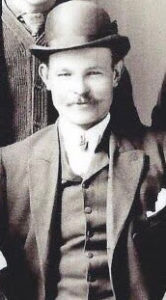
The cousin briefed me on the DNA testing he’d done, gave me access to his results, and I got to work. First, it was pretty easy to determine that the descendants of Edward Callaghan of Galena, including my husband, his father’s first cousin, and other cousins, matched the Callaghans in County Fermanagh. Without a doubt, they were the Callaghans of Rosslea (or Roslea), and matches and in-person meetings with living cousins back in Ireland helped substantiate that. Yes, my husband’s cousin has also been a busy guy – but genealogically, not criminally!
What we needed to do next was determine whether or not the Edward Callaghan who’d lived in Bacchus Marsh, Australia had living descendants today. I started building out a tree for them and determined that they absolutely had great-great grandchildren living. But had any already tested their DNA?
As I mentioned, it turned out I’d gone to school with a descendant of Edward Callaghan of Bacchus Marsh, Australia, without knowing it. How odd to come to her 30 years later and ask if she was willing to share a DNA sample, to prove she was related to my husband! With her help and her willingness to spit in a tube, we worked out the ancestry of the 2 Australian-born, Massachusetts-bound Callahan girls. This gave my husband’s cousin a test to control for a descendant of the Edward in Australia and once he shared the results, I started going through the matches.
While my husband’s cousin and our Australian-Edward test subject were not a match, we found plenty of Galena descendants who matched Australian descendants, and vice versa! With three DNA test subjects proven by the paper trail to be descendants of Edward, we went on to confirm an entire family network connected by DNA and spanning the globe through many generations. We were able to determine that, yes, “our” Edward from Galena and County Fermanagh was the father of both the Galena-born children with Mary Riley and the Australia-born children with Catherine McCaffrey! DNA testing proved that the Fermanagh-to-Galena and Australia-to-Massachusetts Callahans were all the descendants of the same Edward Callaghan.
It was both exciting and satisfying to answer the question definitively for my husband’s cousin, considering he’d worked so long to put together the details of Edward’s rather messy life! Of course, we’re still left with oh-so-many questions, such as:
Did Edward kill his first wife? Did he leave Galena, not for the Gold Rush, but because he was fleeing the law? Or did he actually join the Gold Rush and have untold adventures? Did he ever feel guilty over what happened to his first wife, and depriving his young children of both their mother and father? Did he ever have contact with his children or just his brothers?
And why come back to Galena, only to leave again? Why go back to Ireland? Was Australia meant to be a place where he could begin anew or did his possibly terrible temper result in a disastrous second marriage, as well? Did Catherine leave him or vice versa? Why did Catherine choose Massachusetts? Is he the Edward who died in 1895 and is buried at St. McCarten’s Aghadrumsee Cemetery, Magheraveely, County Fermanagh, Ireland?
There are still so many unanswered questions about the man himself, but DNA has at least given us a “map” of Edward Callaghan’s eventful existence across 3 continents!
DNA is a wonderful tool for the family historian. But what happens when the unexpected comes up, when your parents, grandparents, or great-grandparents aren’t connected to you biologically, after all?
I’ve encountered so many surprises thanks to DNA. My own parents? Both mine. My sister? Stuck with being my sister. And my first and second cousins? Yeah, sorry guys, you’re also stuck with me.
There have been adoptees thrilled to find family because, hey, that’s usually what they’re looking for when they test their DNA. I’ve had wonderful interactions with these folks.
And then there are the finds that make a person take pause… maybe they don’t even want to acknowledge it. I’ve seen it with both DNA matches I don’t know, but have tried to connect with, and my own family.
Last year, I discovered that my grandfather’s father, wasn’t actually his father. At least, not biologically. DNA gave us a clear pathway to his paternal heritage.
However, that doesn’t change who his family is – the people who took him into their hearts, raised him and loved him. You see, biology can be fascinating. I love having a new facet to my family tree to explore, another aspect of my genetic identity.
But, as far as family? It will always be the people who were there for Grandpa.
So if you’ve taken a DNA test and are, to put it bluntly, freaked out by the results, it’s okay. You’re allowed to be freaked out. You’re also allowed to feel hurt, betrayed, sad, and grieve about it.
Know, also, that the people you find – those unexpected matches who reach out to you and say “Hello, cousin” – don’t want to replace your family in any way, shape or form. Most of the time, if we message you, it’s because we want to connect, to know you, and to help you know more about whatever you’re trying to find.
Likewise, when we find out a parent, grandparent, or great-grandparent wasn’t the person we were actually raised knowing, that doesn’t change who our family is. If anything, it makes our family bigger, because there’s genetic family… and then there’s the family that chooses to be there for you, no matter what.



